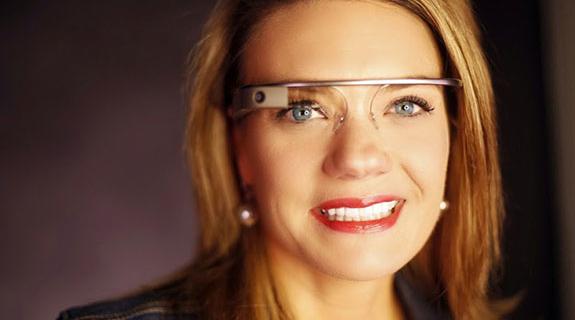Following our recent story on former KOMU anchor Sarah Hill’s work with Google Hangouts, Friday found the intrepid interactive journalist waxing on Google Glass for the Reynolds Journalism Institute.
Hill has been experimenting with Glass as a reporter’s tool for the last month, and has concluded the technology could profoundly change the broadcast experience as we know it. Glass, for those living in a cave, is Google‘s wearable computer device that sits on the bridge of your nose like a pair of glasses. Users can check texts, take photos, and, most importantly in terms of the technology’s impact on television, participate in Google Hangouts, all without using their hands.
“Think of Glass as a satellite truck where a reporter can go live, from their face,” writes Hill. Doing a live reporter no longer requires a news van, or even a video camera. A reporter can switch Glass on, initiate a Hangout, and walk into the fray, giving their viewers the ultimate first-person experience on breaking news. With their hands free, reporters can pick up objects from their environment and show the viewer what they’re talking about up close and personal. Journalism safety will improve too, as reporters will have better agility, balance and speed without having to lug equipment around.
But perhaps the most fundamental shift Google Glass and wearable broadcast technology promises is how seamlessly social media can be integrated. Not only is TV journalism about to get a whole lot more experiential, viewers are going to be able to join the conversation, talking to the reporter and each other, as the story happens.
Read more at the Reynolds Journalism Institute homepage.
Tags:













































__twocolumncontent.jpg)











